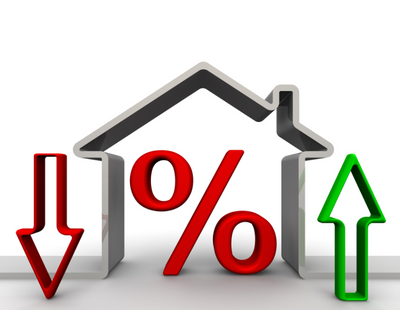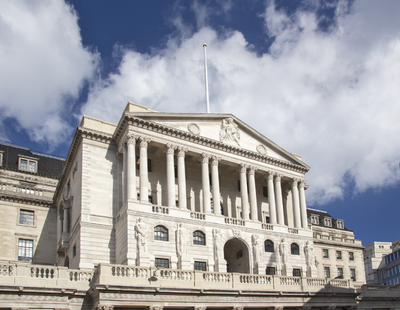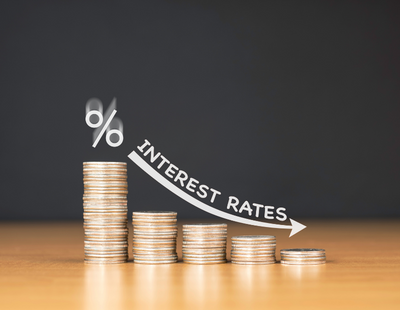One of the most respected financial organisations says markets are now betting that the Bank of England base rate will hit 5.0 per cent.
It’s currently 4.25 per cent but the John Charcol national mortgage broker says the Bank of England believes it must take more action to cool spiralling prices.
This prediction comes after figures released by the Office for National Statistics stated that inflation fell less than expected to 10.1 per cent last month
A John Charcol statement says: “Expectations were to see the Consumer Price Index rate of inflation fall to 9.8 per cent from 10.4 per cent in February. Instead, the figures revealed the seventh month in a row of double-digit inflation.”
Grant Fitzner, ONS chief economist, says of the stubbornly high inflation rate: “The main drivers of the decline were motor fuel prices and heating oil costs, both of which fell after sharp rises at the same time last year.
“Clothing, furniture and household goods prices increased, but more slowly than a year ago.
“However, these were partially offset by the cost of food, which is still climbing steeply, with bread and cereal price inflation at a record high.”
The next meeting of the Bank of England’s monetary policy committee - which sets base rate - is Thursday May 11.
Meanwhile business consultancy Hargreaves Lansdown is warning that savings rates - which have recently risen as a consequence of BoE decisions - are now suggesting that the UK could, after all, dip into recession.
Emma Wall, head of savings at Hargreaves Lansdown, says: “The best rate for a 12 month savings account is higher now than that of a 5-year fixed rate savings account according to Moneyfacts data. This is great news for savers only wanting to lock their money away for a short period – but if flips interest rate logic on its head. Normally, the longer the term the better the rate, you’re compensated for your loyalty.
“The yield curve normally plots low for one-year fixed rate, ticking upwards from bottom left to top right. This shape usually indicates that we are in a period of economic expansion, optimism abounds. An inverted yield curve is a line that sweeps downwards – top left to bottom right, and indicates the opposite, a period of economic contraction – a recession. A flat line usually means change is afoot!
“Currently plotting the best savings rate for one, two, three and five year accounts the line sits somewhere between all three, trending slightly down towards the five year.
“This indicates economic uncertainty – the outlook for how the Bank of England will next act on rates is mixed.”






.jpg)








%20-%20IMAGE%20Client%20Accounting%20%E2%80%93%20what%20are%20your%20options.jpg)





Join the conversation
Jump to latest comment and add your reply
By the autumn the Bank of England base rate is likely to be 5.25%, this is a view held by numerous analysts, which will mean skyhigh fixed rate deals. The impact is being felt everywhere, and if you think about it, if the cost of borrowing cash has increased by 425% going from 0.1% to 4.25% in 17 months, of course the housing market will get impacted, no one can sustain that.
Recently an analyst of property data said 70% of listed housing stock for Q1 2023 on Rightmove was under offer, well probably it is, but the volume of listed property in that period was through the floor compared to 2022. Also it is probably standard that 70% of stock is SSTC on a property portal, which reflects the fact that a typical agent lists 10, sells SSTC 7 and exchanges on five, so an industry norm.
Separately, I also question the validity of pundits comparing 2023 data to 2019, as if that is helpful, to me it just skews the message, less stock has been listed in 2023, and less stock in real terms is under offer, which is why big agencies are now reporting mediocre residential sales results for 2022, as Q3 of 2022 is when the big freeze started.
In this situation putting up interest rates crushes the economy, Liz truss was right, but as she says Biden and co put the boot in.Not helped by pension funds borrowing and using it to gamble !!
Please login to comment